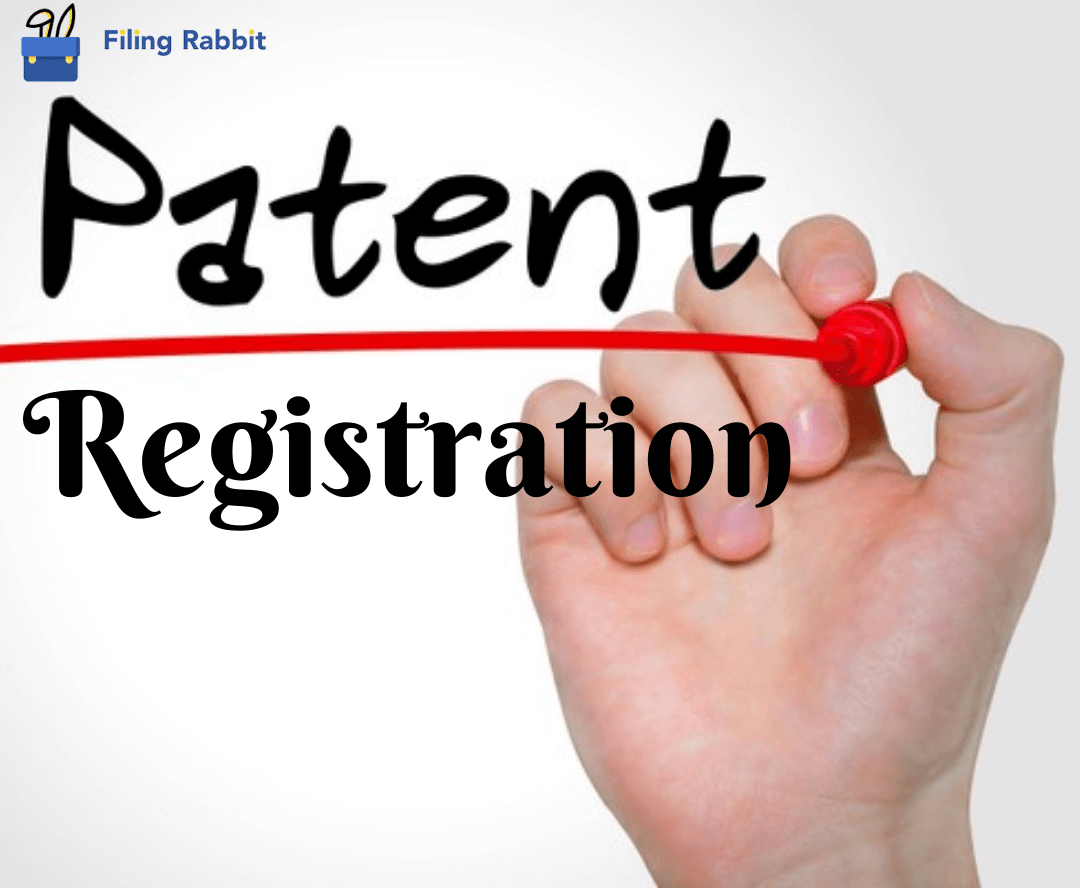
Patent Registration in INDIA
Jun 24,2022
What is a patent
A government authority or licence conferring a right or title for a set period, especially the sole right to exclude others from making, using, or selling an invention.To get a patent, technical information about the invention must be disclosed to the public in a patent application
What does a patent offer?
In principle, the patent owner has the exclusive right to prevent or stop others from commercially exploiting the patented invention. In other words, patent protection means that the invention cannot be commercially made, used, distributed, imported or sold by others without the patent owner’s consent. Patents are territorial rights. In general, the exclusive rights are only applicable in the country or region in which a patent has been filed and granted, in accordance with the law of that country or region.
Patent registration in India
The complete patent registration process involves a series of steps which are to be mandatorily followed to get a patent in India.
1.Checking the patentability of the invention by performing a search
Before filing a patent application in India, one should perform a detailed patentability search to determine whether a patent for it will be available or not.
2.Drafting of patent application
prepare an application form.Each application has to be accompanied by a patent specification.one has to provide the complete or provisional specification depending upon the state of the invention(Whether its partially completed or completed). In case one files a provisional application, a time gap of 12 months is provided to finalize the invention and file the complete application. A patent draft will also be required to be submitted along with the application. The patent draft is considered a very important document as the same will be used by the patent office in deciding whether or not patent should be granted.
3.Publication of patent application
Patent application filed with the Indian patent office will be published in the official patent journal. This is generally done after 18 months of filing the application. In case one wants to get it published earlier, he can make a request in form 9 for early publication. When a restriction is placed by the Indian patent act with regards to the publishing of the patent, the same will not be published in the journal.
4.Examining of patent application
Every application filed for protection will be examined before a patent is finally granted. The application has to be made for examination in form 18. The earlier one makes a request, the earlier the application will be examined by the examiner. Once the application is filed, it is transferred to the patent officer who will examine the application to ensure the same is in accordance with the patent act and rules. A thorough search is conducted by the officer where he/she analyses the relevant technology in depth and the objections, if any, will be communicated. The report issued in this case is called the First Examination Report(FER).
5.Grant of patent
The patent is granted once all the objections raised by the officer are resolved.
What are the benefits of filing a patent in India?
Certain benefits of filing a patent in India are as follows-
A patent is a form of encouragement for innovations and inventions. Once an applicant is granted the patent, he or she becomes the exclusive owner of the invention or the idea.
Filing a patent in India is important for a business as the patent restricts its competitors from copying, selling, or importing its intellectual property without prior permission. This way the patent holder can protect his patent rights in support of the existing laws of the land.
Patents can be sold and licensed like other forms of property
A patent is just like any other intellectual property and can be transferred by the inventor.
A patented product is likely to improve brand perception and potentially enable your business to charge a premium.
How long does a patent last?
The protection is granted for a limited period, generally 20 years from the filing date of the application.
Patent renewal
When a patent is granted for an invention in India, the next vital step is to ensure that it is renewed regularly and unceasingly. (Section 53, Rule 80 of the Indian Patents Act). This can be done by the payment of Patent Renewal Fees diligently during the lifetime of the patent i.e. 20 years.The payment of the renewal fees is done to the Indian Patent Office before the expiration of the relevant year. For example: the renewal fee for 5th year has to be paid before the expiration of 4th year from the date of patent. The renewal fee is payable at the expiration of the 2nd year from the date of patent and each succeeding year. The patentee can even pay advance renewal fee for 2 years or more as per the Indian Patents Act.
Advantage of patent renewal
1.Patent renewal is important for the lifespan of a patent. A patentee must ensure that the patent is regularly renewed to make sure that the patent is in force.


